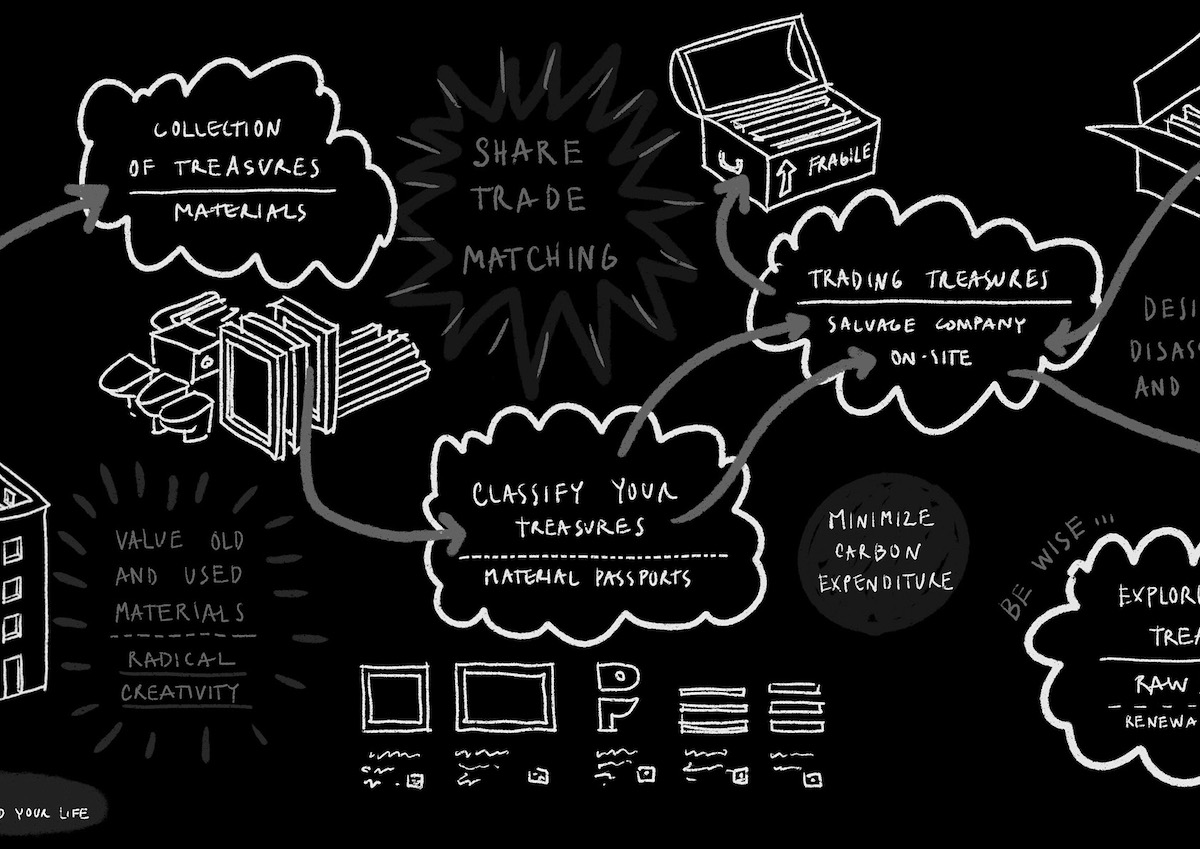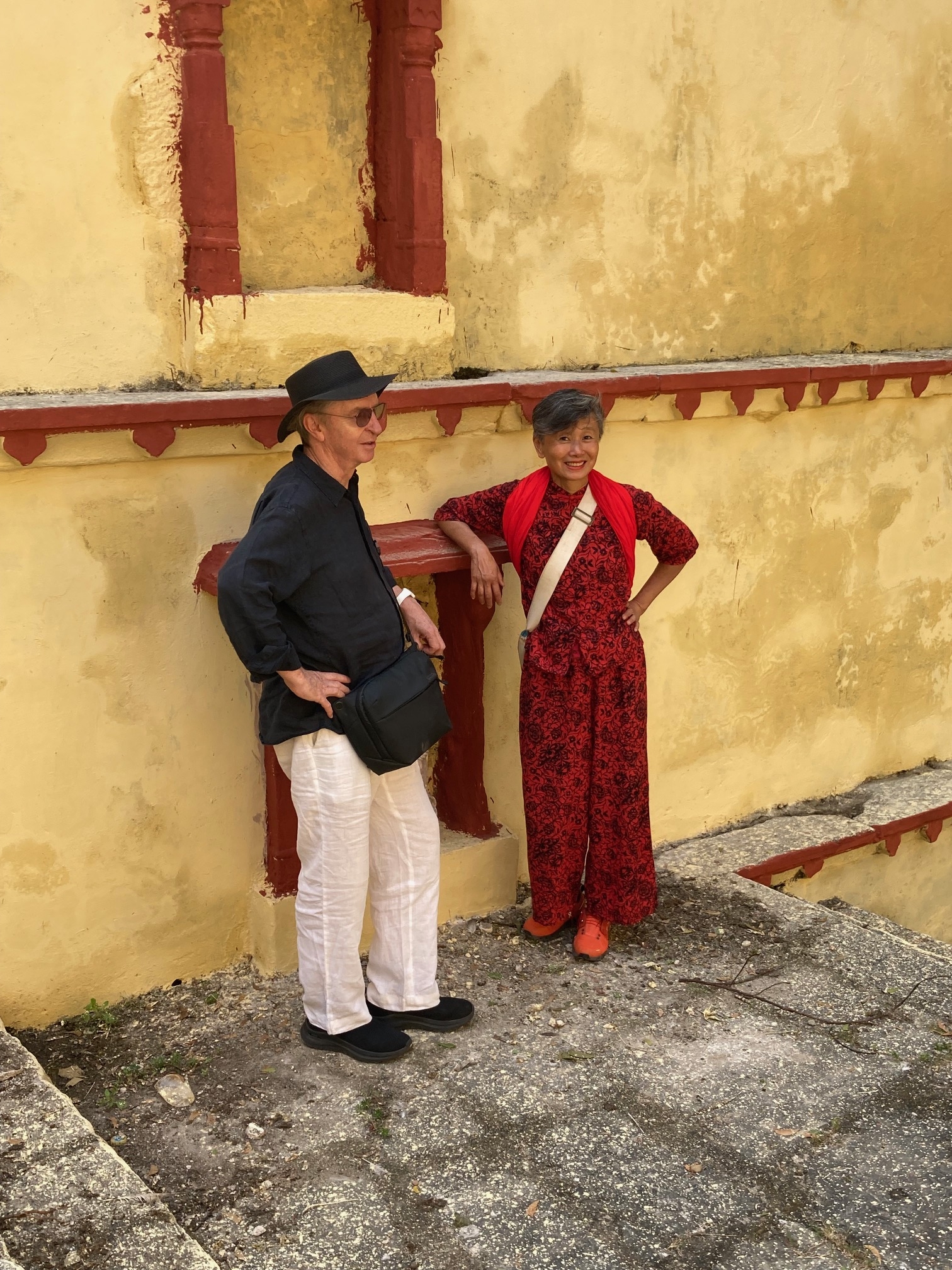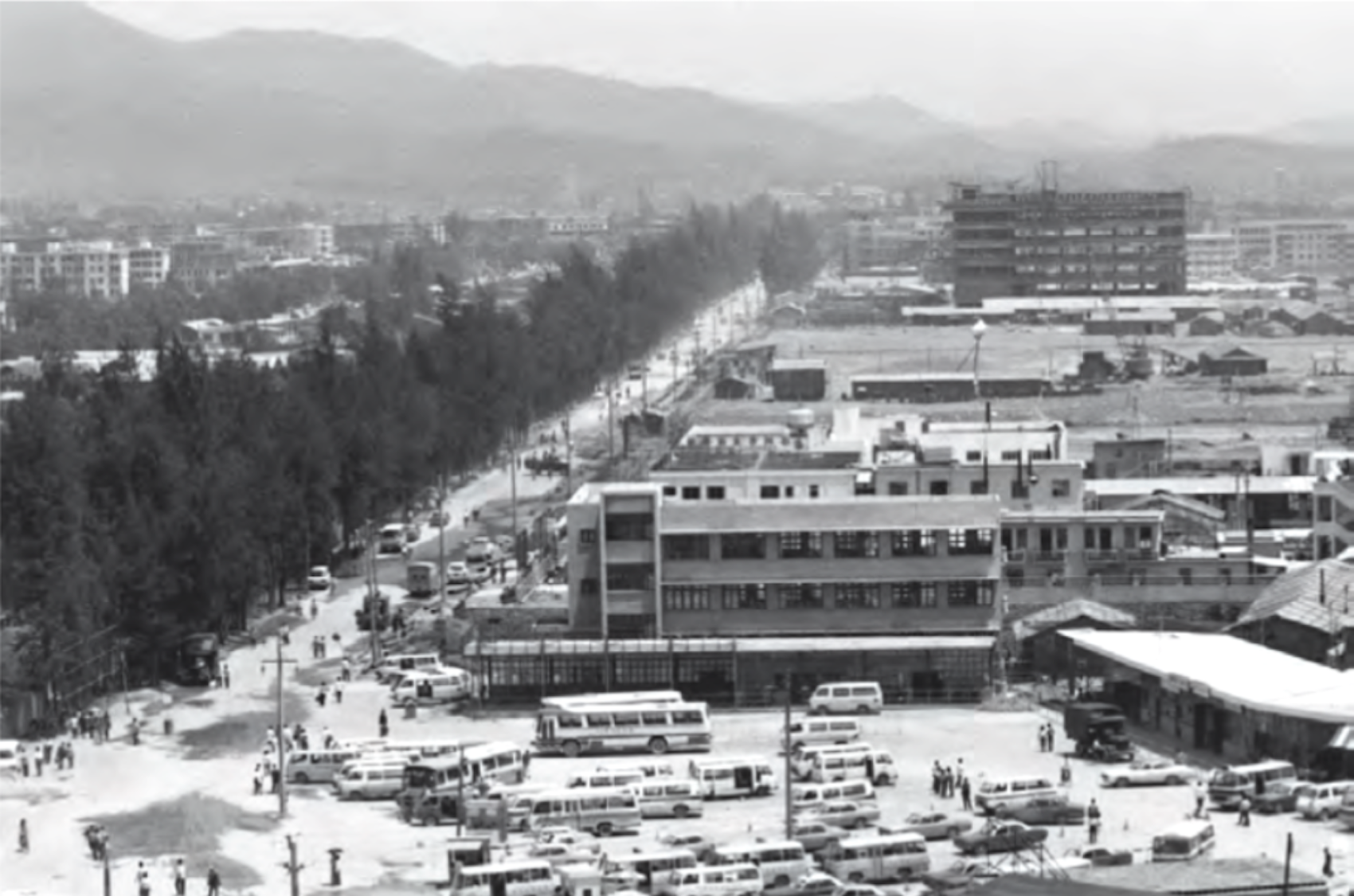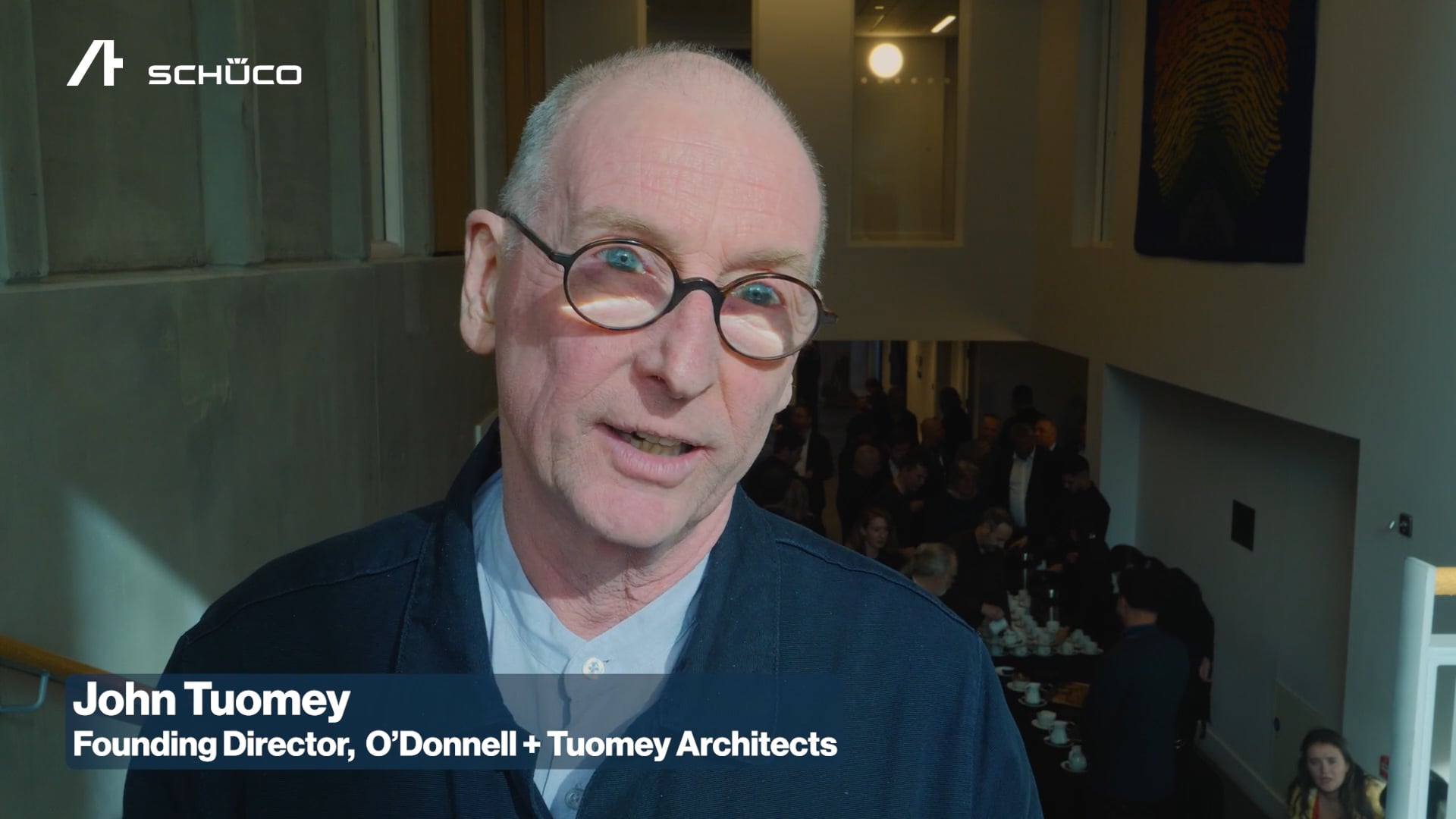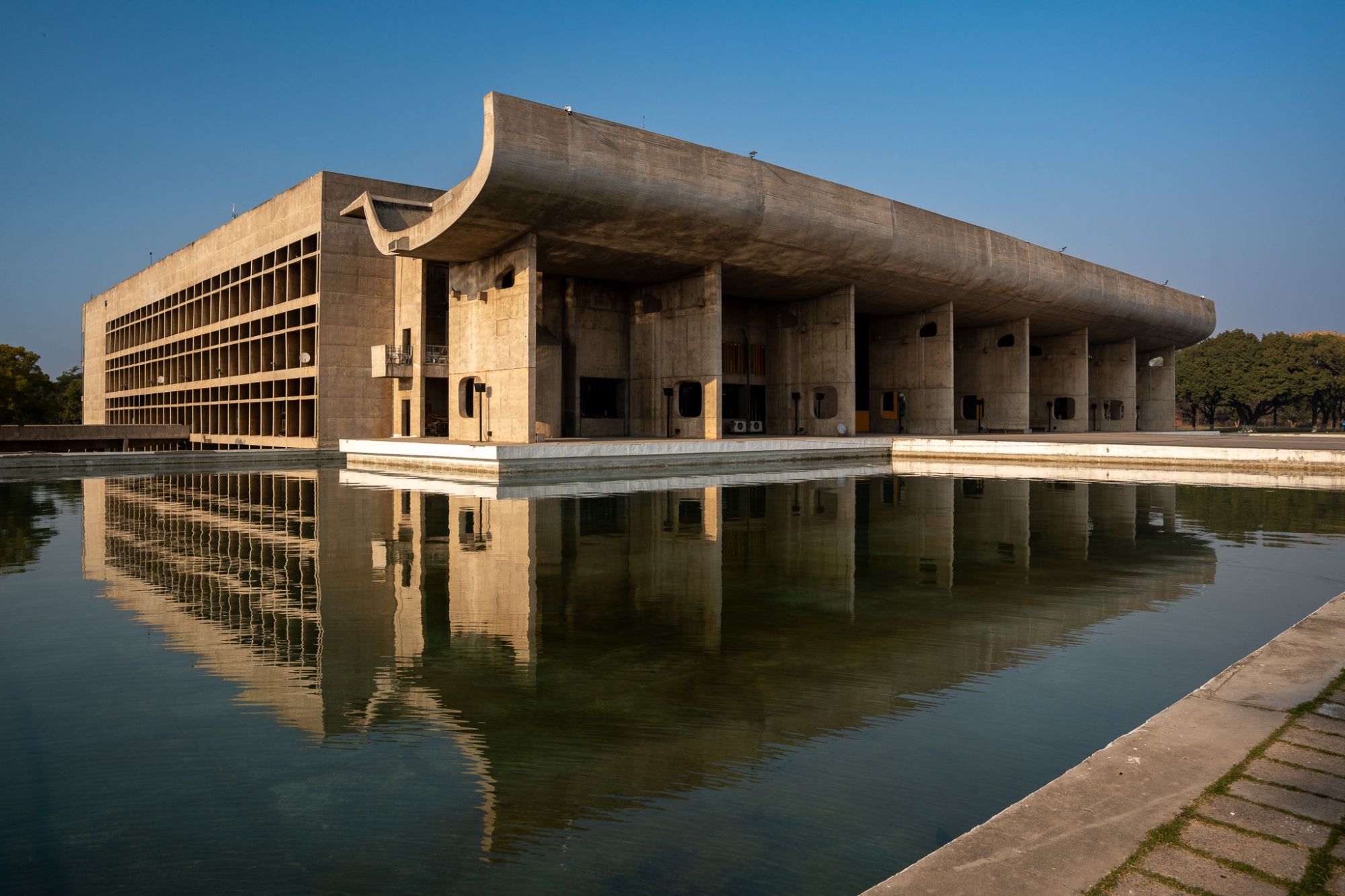As an exhibition of his sketchbooks opens at the Royal Academy, Chris Wilkinson reflects on the enduring value of drawing by hand in the age of digital design

For centuries, architects have used drawing as part of the creative process and as a means of communicating ideas but now, with the almost universal use of computers, this is at risk. I am fully in favour of the benefits of 3D parametric design but still want to hold on to freehand sketching as part of the design process.
Like other architects, I carry the projects I’m working on around in my head and, for many years, have also carried an A4 sketchbook to work through ideas. Whatever stage in the project, there are always problems to solve, and I find the act of drawing helps the creative process. I start by drawing what I know and the ideas start to flow, which may lead to a solution or trigger a thought for discussion with other members of the design team.
You don’t have to be in the office; sketching can just as easily take place at home or in a train or plane. A time to think is a time to draw and I find concerts particularly good at inspiring ideas because the mind wanders freely.
For me, the process is hugely enjoyable, and over the years I have started to take an interest in drawing for its own sake. I tend to use a Pentel 209 retractable pencil and, lately, have been exploring the use of watercolour as a wash. A splash of pigment can enliven a drawing, adding emphasis and reducing the need for more lines. It’s a difficult medium to control and the uneven blobs of intensity settle in their own way, adding character and imperfection. This challenges my natural desire to tidy things up and create order, but it is important to keep away from the chocolate-box image.
“Le Corbusier famously said ‘I prefer drawing to talking, drawing is faster and leaves less room for lies’”
Early sketches of the site and conceptual ideas are an excellent way of communicating with clients. Architects often move into CGIs too early, before ideas have been fully developed, which doesn’t leave much scope for later presentations when you want to sell the completed design. Freehand drawings can give more than a hint of the concepts you are exploring, and express poetic ideas and narratives that can be more persuasive than even the best Chinese CGIs.
At Wilkinson Eyre, we work extensively with 3D parametric programmes which facilitate complex geometry, and have an in-house CGI team, and another that makes physical models. All of these processes, including sketching, continue through the stages of the design. When something doesn’t look quite right on screen, I often ask for a print to take away, and produce a sketch for consideration the next day.
I am well aware that sketches can be deceptive because they are not to scale and may have distorted proportions, but this is down to the skills of the draughtsman and can be tested on a computer at a later stage. What is more worrying is the checking process for on-screen work: for me, it is necessary to have printouts at recognisable scales for pin up and review.
I concur with Le Corbusier who famously said “I prefer drawing to talking, drawing is faster and leaves less room for lies”. Of course, he was working in a different era but I suspect if he was with us now, he would still be drawing.





